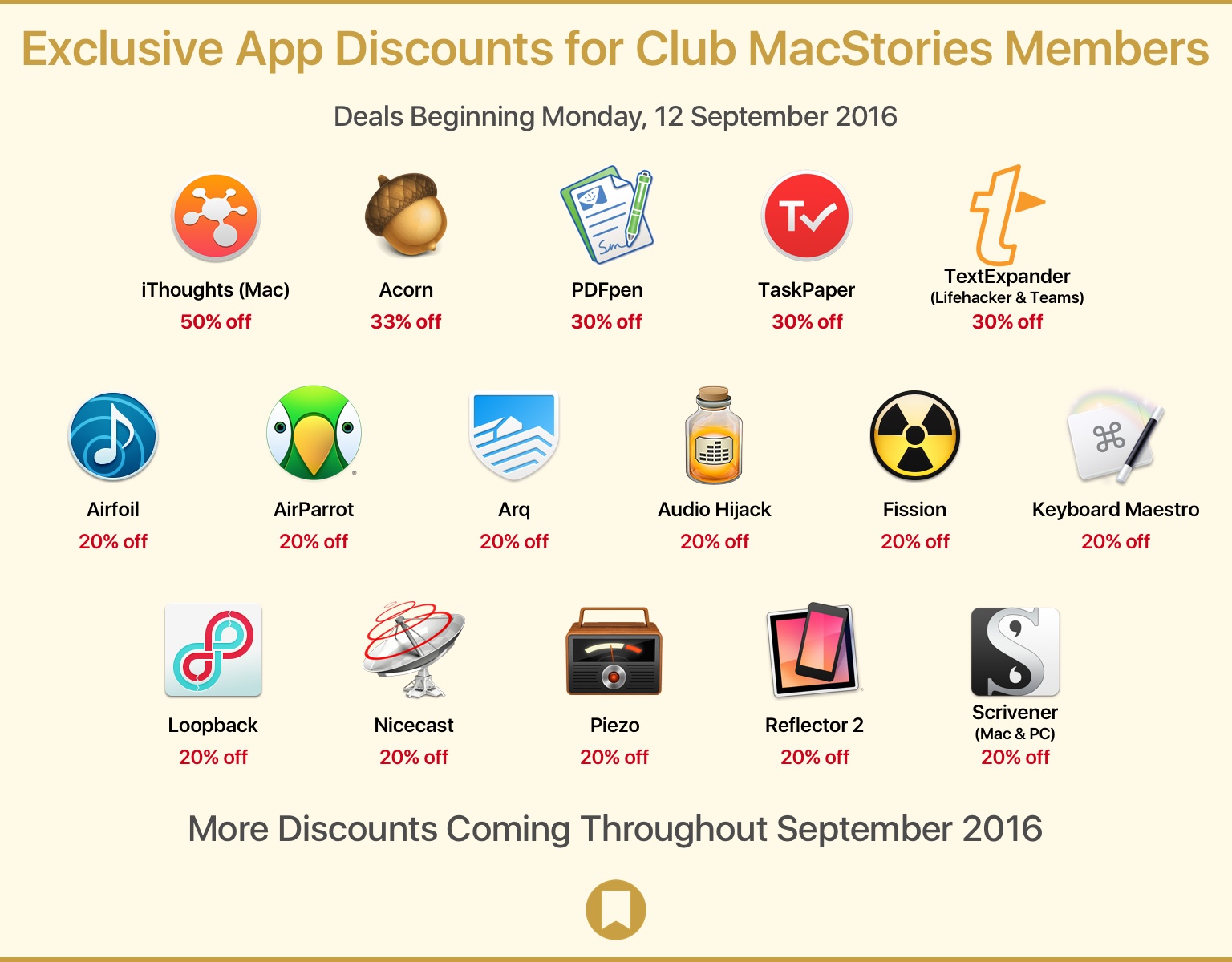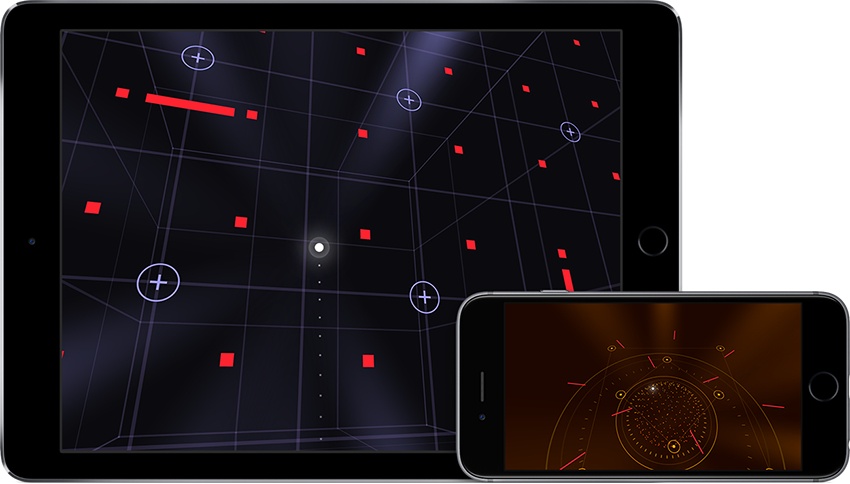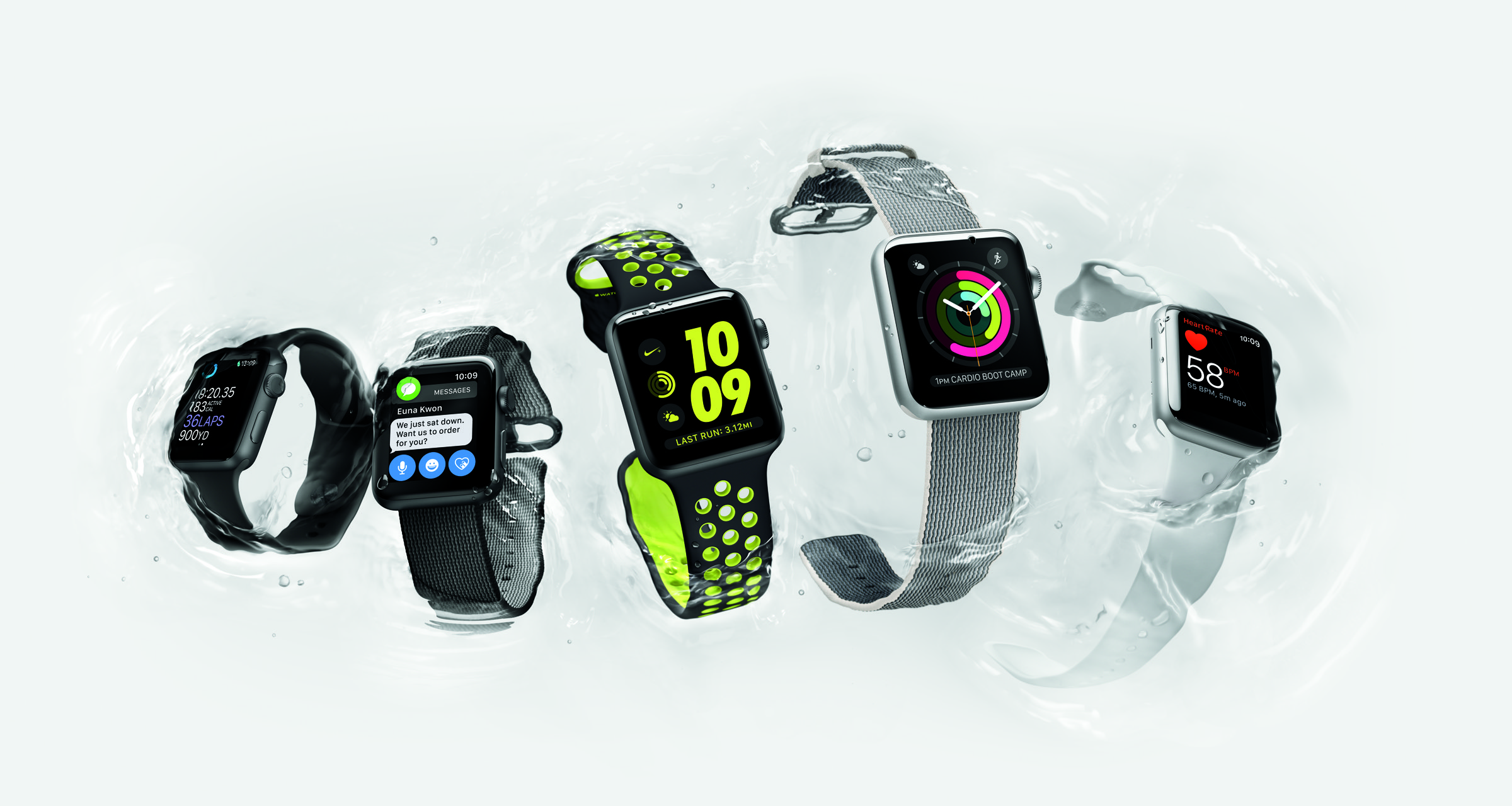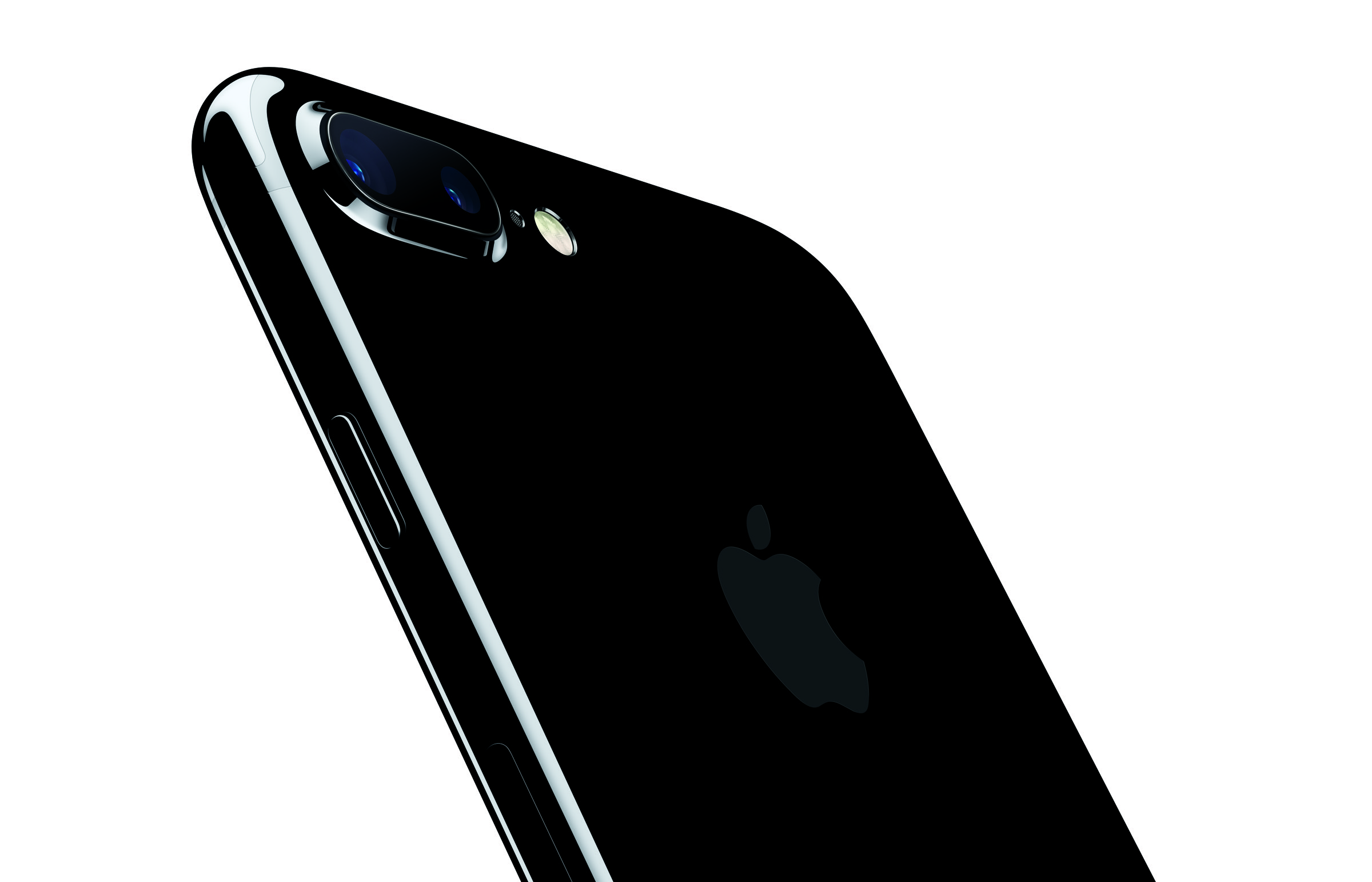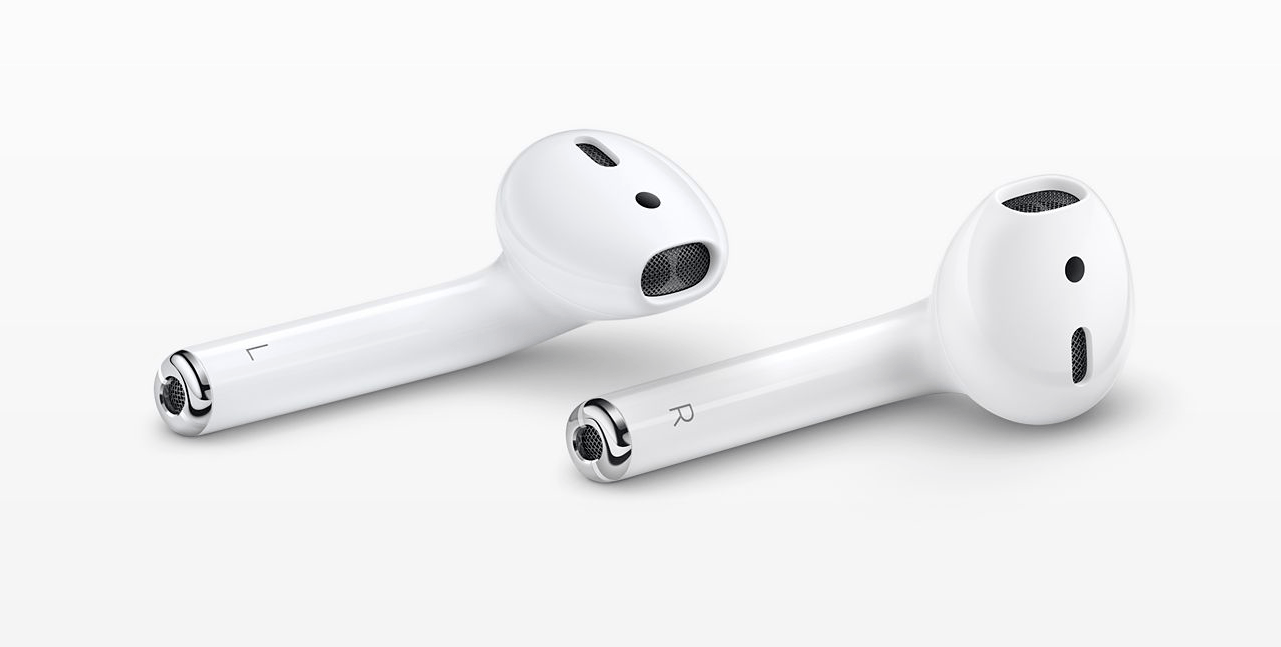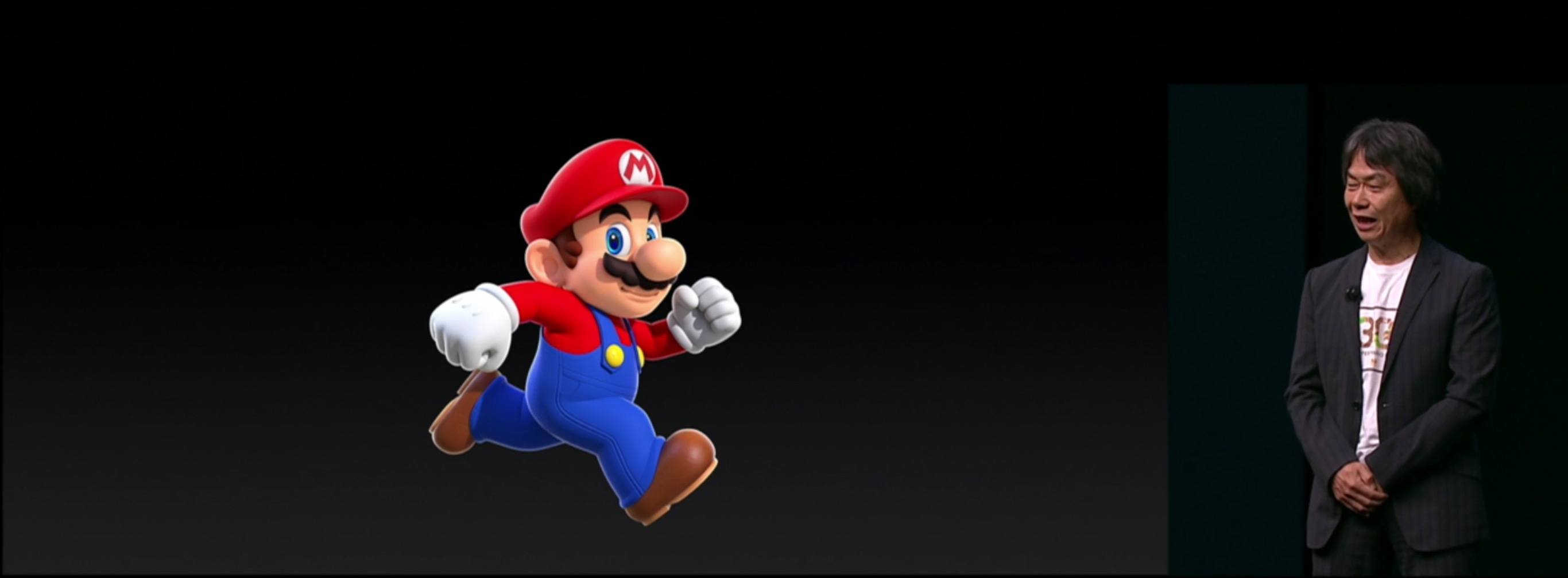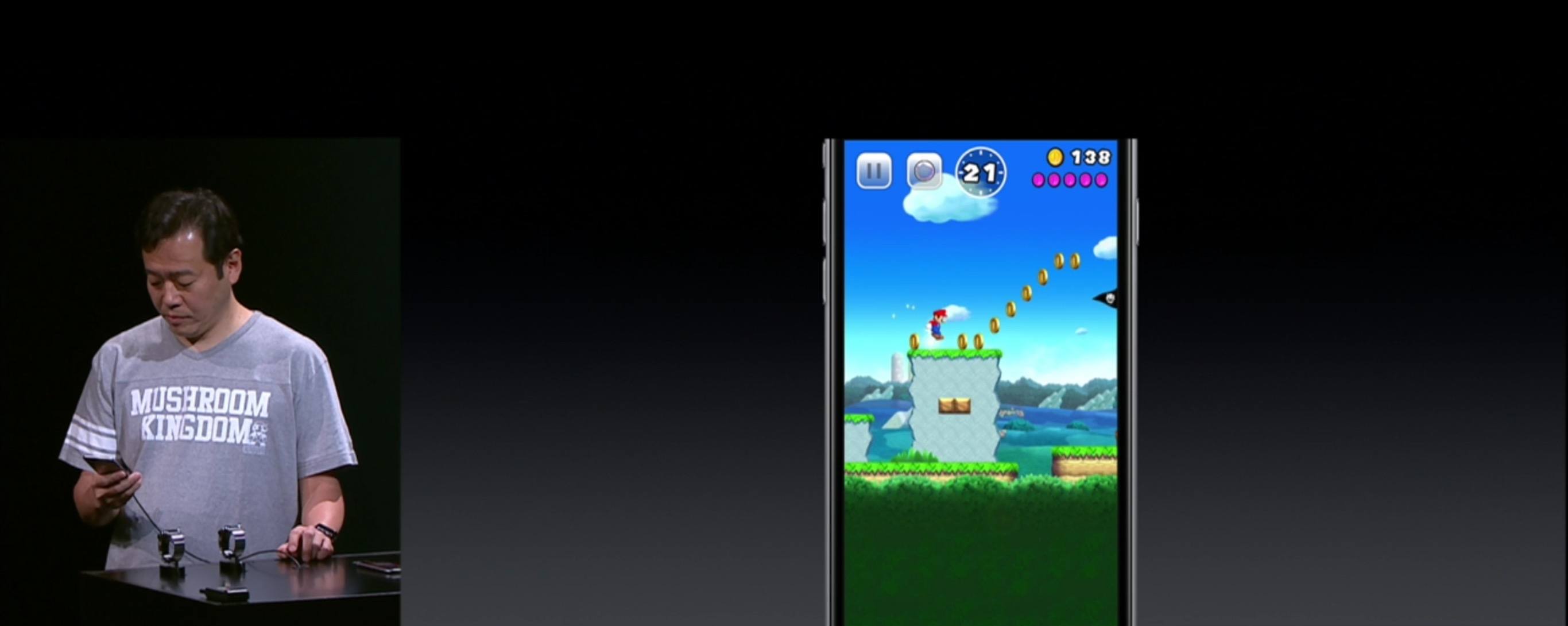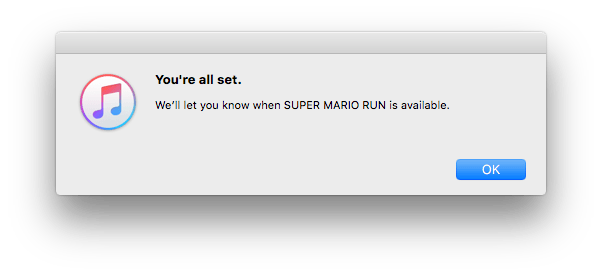When I announced Club MacStories almost a year ago, I wrote:
But, at the same time, I’m also ready for more – something a bit more focused and dedicated to our biggest fans, built with care every week and delivered with the same passion that we put into MacStories every day. Club MacStories is a new challenge for us, but I know that I, Graham, and the rest of the MacStories team can pull it off consistently and with the quality you expect from MacStories.
If you love MacStories as much as we love making it, I hope you’ll consider becoming a Club MacStories member. This isn’t just about good feelings and supporting MacStories directly (although that’s pretty great): you’ll receive what I believe are useful and informative newsletters every week, plus a recap of everything MacStories and more every month.
A year later, I couldn’t be happier with the progress of Club MacStories and the response from Club members. In twelve months, we’ve delivered 60 newsletters (if you’re counting: 48 issues of MacStories Weekly out of 51 weeks). We’ve featured discounts, giveaways, and eBook downloads exclusive to members, and our team has grown thanks to John’s contributions to the Club.
I’m happy, signups to the Club keep growing on a weekly basis, and we continue to think about how to offer even more content for Club MacStories. I’m extremely thankful to everyone who’s considered the Club and signed up.
I don’t like dwelling on self-celebrations, but a year of weekly content in addition to the site is an important milestone for us. And so, as the anniversary date was approaching, I thought it’d be appropriate to give back to our readers, show our appreciation, and celebrate the first year of Club MacStories together.
What better way than discounts on great software, exclusively for Club MacStories members?


